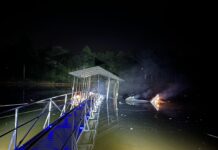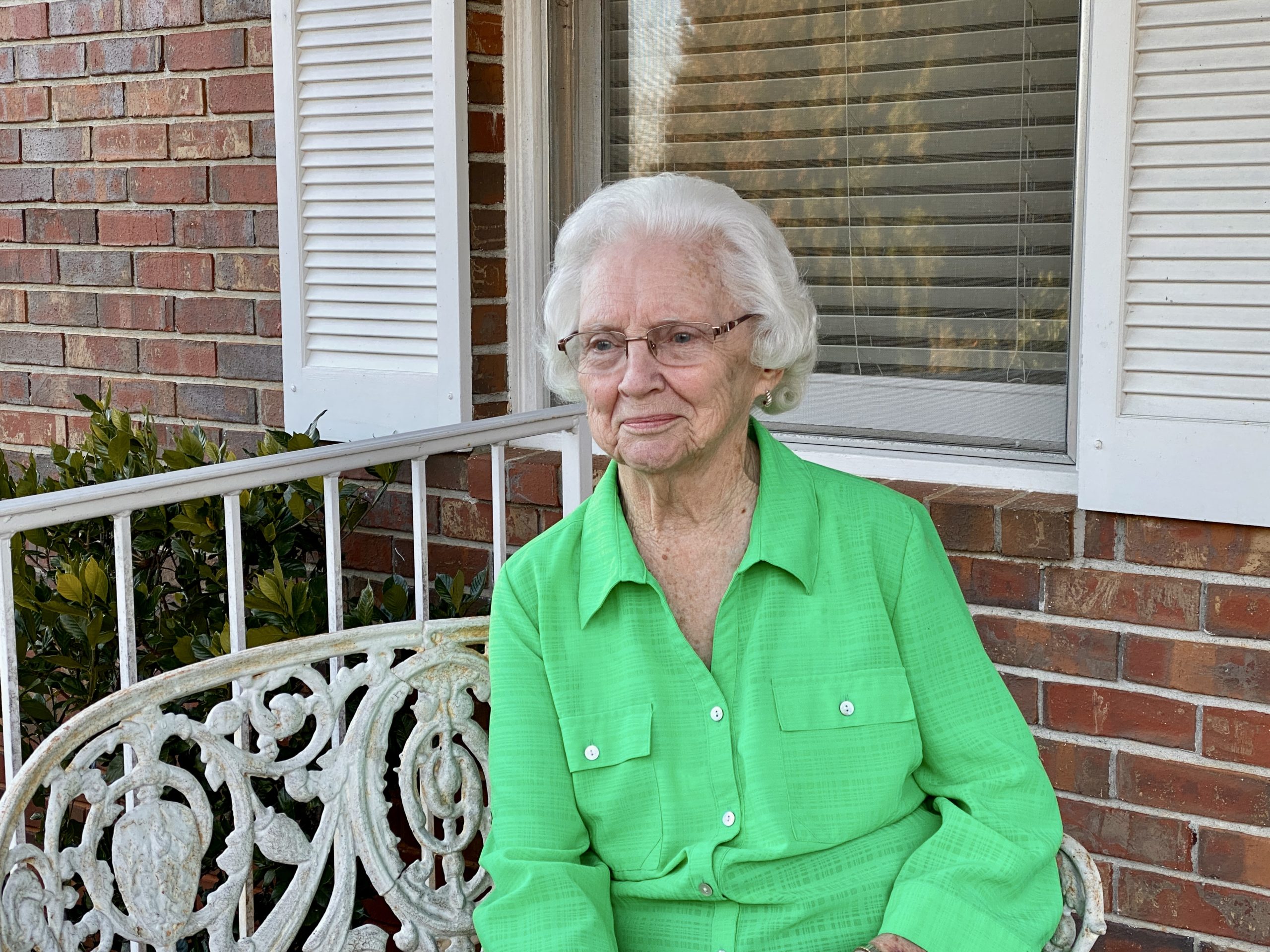
Publisher’s note: This story is personal. It’s about the night I nearly lost my family. As we head into the thick of winter – and on the heels of the extreme arctic cold we experienced Christmas weekend – it’s also a good reminder of what you can do to protect your loved ones. – Joy Purcell, Now Habersham
When Anne Purcell woke up to a beeping alarm in her home one cold morning, she expected to see something triggering her fire alarm. What she found instead was her carbon monoxide (CO) detector alerting her to a different threat.
“It was after midnight, and I didn’t smell anything, of course, and I didn’t see any fire or anything burning,” says Purcell of Clarkesville, Georgia.
Frightened, she alerted her daughter.
“She came into my room and said, ‘The alarm’s going off, and I don’t know if there’s a problem or not,’ and we both got up to look,” says Debbie Purcell. “We couldn’t smell or see anything, but she heard another alarm upstairs and went to check.”
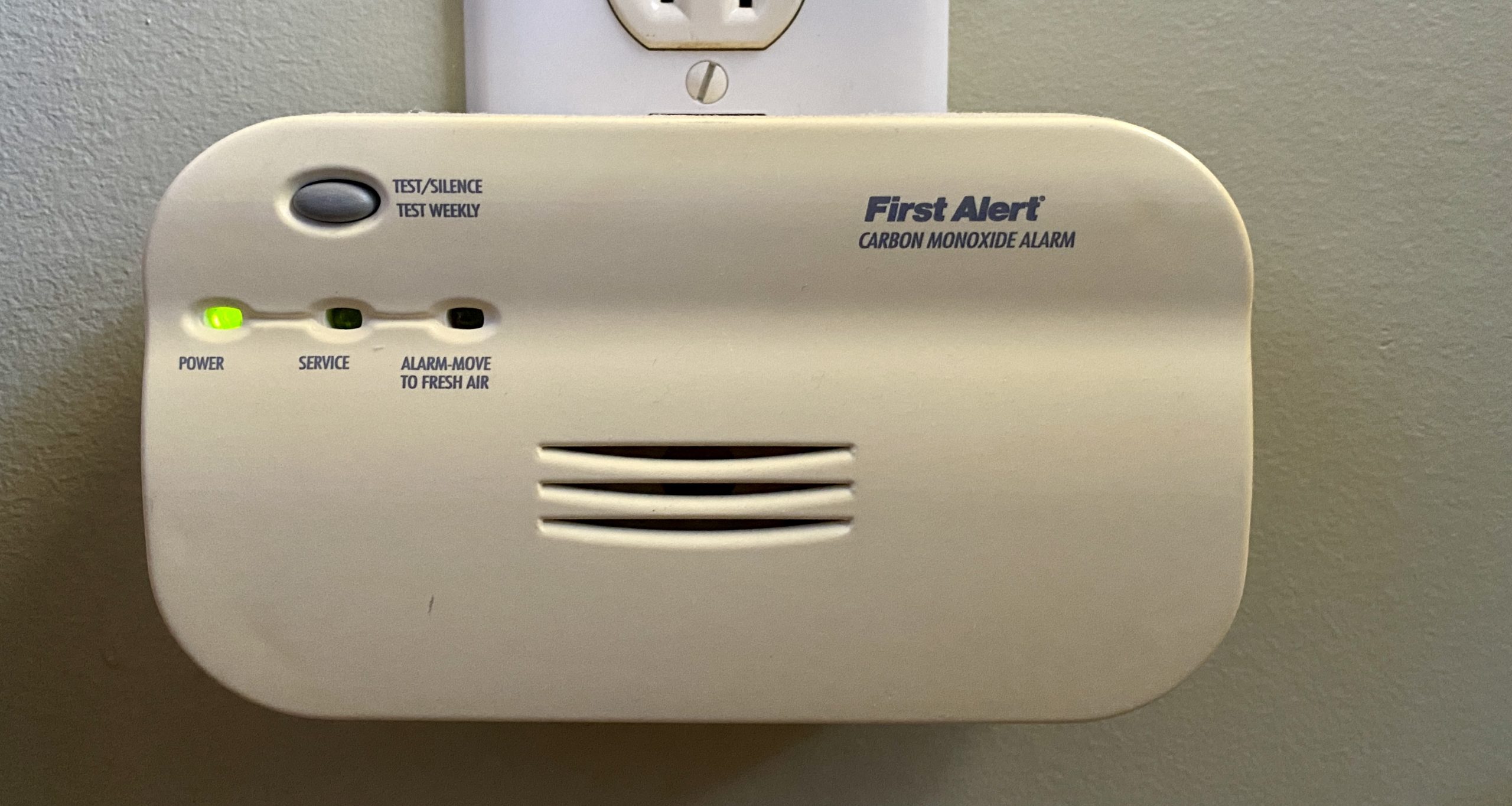
After investigating further, Anne awakened the rest of her family and called 911. The emergency operator instructed them to get out of the house and dispatched firefighters to the residence.
“We were standing on the porch when they arrived,” Debbie recalls. Using a special meter, firefighters measured the CO levels inside. “They told us there was an extreme amount of carbon monoxide in the house, and we needed to leave, so we did,” she says.
That experience on December 30, 2018, stuck with the Purcells. Four years later, they still reflect on how lucky they are the alarm woke them up.
“I’m very thankful I had the device that told us we needed to do something – that there was a problem,” says Anne. “I should have thought ahead of time about what to do if something happened so that when it did, I wouldn’t have been so rattled. It could have been the end of us. It could have been fatal.”
The silent killer
Carbon monoxide is an odorless, colorless, poisonous gas often referred to as the “silent killer.” According to the Centers for Disease Control and Prevention, at least 430 people die in the U.S. from accidental CO poisoning every year. Approximately 50,000 people in the U.S. visit the emergency department each year because of it. Many of those poisonings happen during the cold winter months when people turn to generators for power and use different methods to heat their homes.
Gas fumes and poor ventilation are a toxic mix. In Anne Purcell’s case, the problem was caused by an upstairs heating unit. Her home started to fill with a dangerous level of CO from the natural gas furnace.
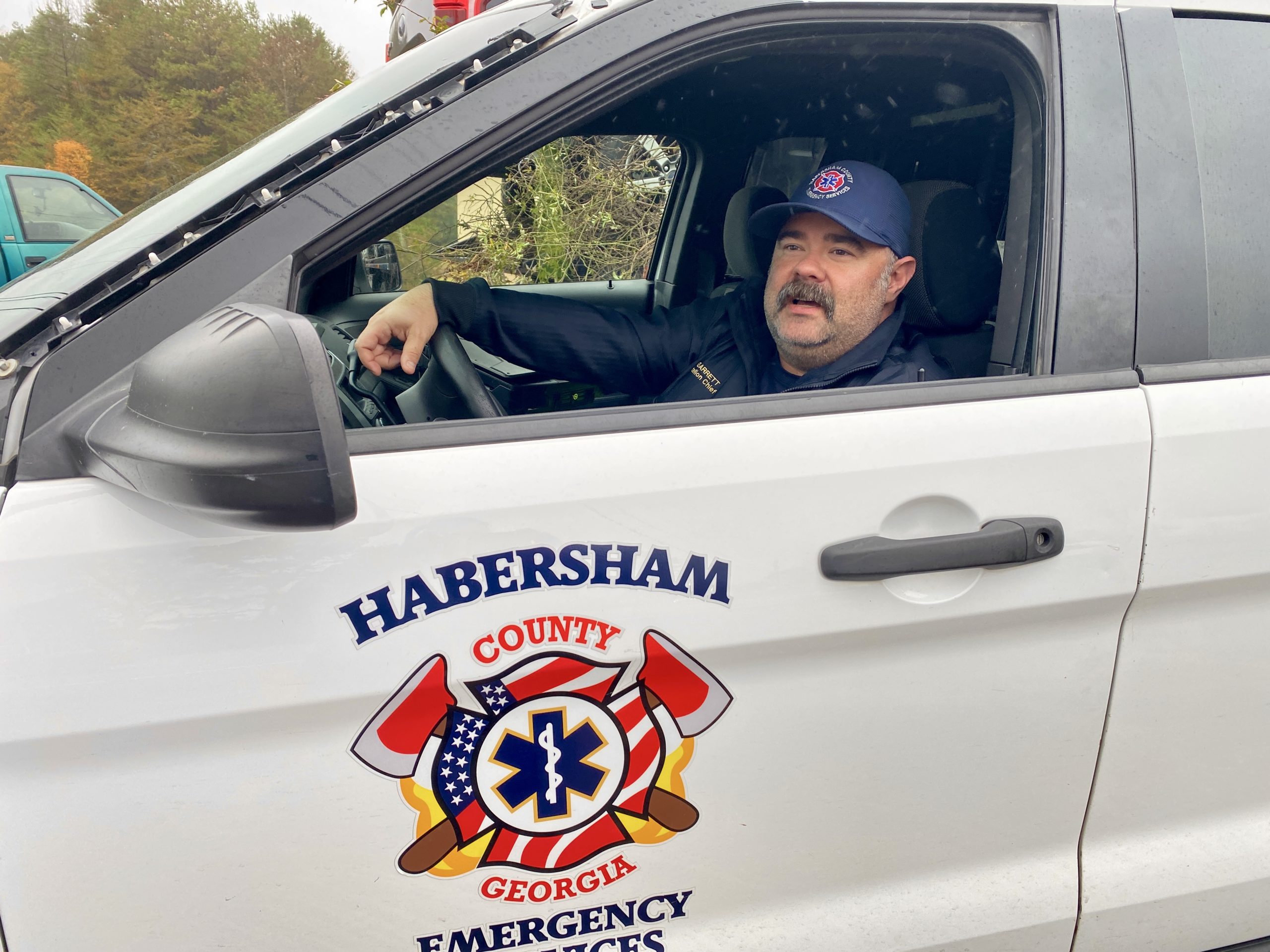
Habersham County Emergency Services Battalion Chief Jason Garrett responded to the call at the Purcells.
“Chances are, if [they] would have gone to sleep, they probably wouldn’t have woken back up,” Garrett says, recalling that morning.
“What it does is it builds up toxicity in the body,” says Garrett, who adds that death from CO usually isn’t immediate, and levels have to be exceedingly high to kill someone in a short period of time. But reoccurring exposure over a period of time is just as dangerous. “Over time, it keeps adding up into the bloodstream.”
Garrett says the best thing to do when exposed to CO is to get fresh air, but knowing when to do that is critical. A person who is sleeping or intoxicated can die from CO poisoning before ever having symptoms, the Centers for Disease Control and Prevention says.
If not for the carbon monoxide detector she keeps plugged into the wall by her bedside, Anne Purcell and three members of her family might never have known their lives were in danger.
“It was scary. I was very glad that we had the alarm in place,” she says. “I keep checking it every now and then to make sure it’s still working.”
Fortunately for the Purcells, they were able to stay the night at a family member’s house while airing out their own residence. They returned home the next day and had the furnace repaired and inspected before using it again.
They also installed new CO detectors in the house.
Taking steps to prevent CO poisoning

The National Fire Protection Association recommends that heating sources should be professionally inspected each year for faults that could result in fires or CO poisoning. They also recommend, along with the CDC, Consumer Product Safety Commission, and public safety officials such as Garrett, that everyone have a CO detector in their home. Detectors should be installed on each level of the house and outside separate sleeping areas and should be battery-operated or have a battery backup.
CO detectors should be tested frequently, and dead batteries should routinely be replaced.
“Detectors are worth it,” Garrett says. “They’re worth what you pay for them…if you burn any gas, any natural or LP [liquefied petroleum] gas, they’re well worth having.”
MORE
- CPSC warns of faulty CO detectors
- Generator use increases risk of Carbon Monoxide poisoning
- Protect your family and yourself from carbon monoxide poisoning
Garrett says he’s responded to CO calls that have ended up with people hospitalized with severe CO poisoning. However, most of the CO calls Habersham County Emergency Services responds to are due to detector battery issues. He stresses even if you suspect it’s a low battery causing your CO alarm to go off, you should get out of the house and call 911.
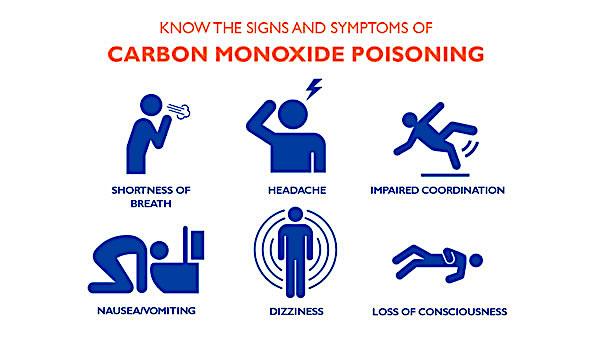
“Even if they think it might be a dead battery, call us,” Garrett says. “Let us come out there and let us check the residence and everything because that’s what the taxpayers are paying for anyway. . . that’s what we’re here for.”
To those who don’t have CO detectors, Anne Purcell urges, “Get you one. It saved our lives.”

